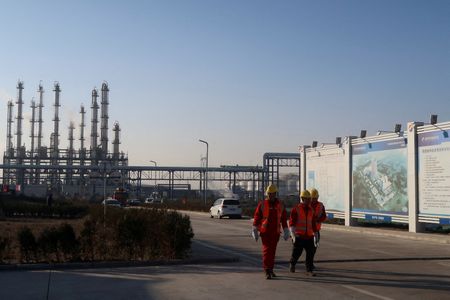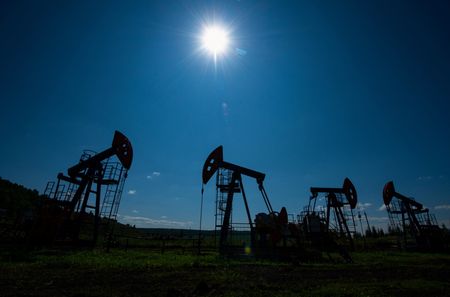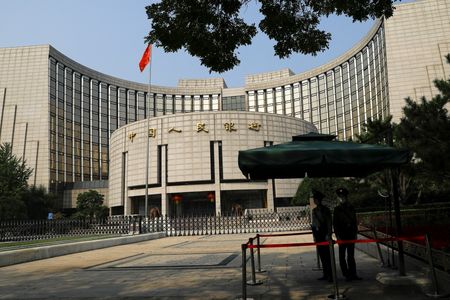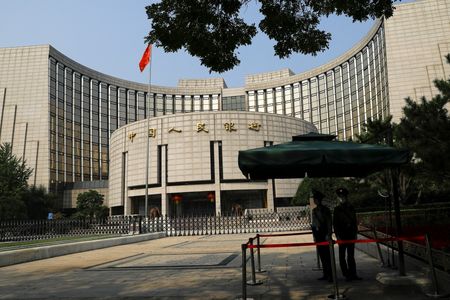SINGAPORE (Reuters) – China started construction on 94.5 gigawatts of coal-fired power in 2024, the highest volume of new builds since 2015, hampering the country’s transition away from fossil fuels, researchers said in a report published on Thursday.
The world’s biggest coal consumer and emitter of climate-warming greenhouse gases had vowed to “strictly control” coal power over the 2021-2025 period, but power shortage concerns have led to a spike in new projects since 2023.
“If coal maintains a high share in China’s power system for too long, it will be much harder to achieve a rapid decline in emissions,” said Qi Qin, researcher at the Centre for Research on Energy and Clean Air (CREA).
“This, in turn, could pose challenges for global climate efforts, especially at a time when countries are expected to increase their ambitions for 2035 targets,” said Qi, the report’s lead author.
The surge came despite a record-breaking increase in renewable capacity last year and could make it harder to connect clean power to the grid, said the report, published by CREA and the Global Energy Monitor (GEM) think tank.
China has retired more than 100 GW of obsolete coal-fired power in the last decade, according to its energy regulator, and new projects can only be built to provide back-up for renewable energy bases.
China also commissioned 356 GW of wind and solar last year, meeting its 2030 target of 1,200 GW of renewable capacity six years ahead of schedule.
Renewable power, however, is struggling to compete for space on China’s grid, with utilisation rates falling sharply near the end of last year, Thursday’s report said.
China has promised to start cutting coal use over the 2026-2030 five-year plan period as it works to bring its emissions to a peak before the end of the decade.
This has created incentives for the industry to lock in as much coal capacity as it can ahead of new restrictions that could come into effect as early as next year.
“China’s current push for new coal power is primarily driven by industry interests that are advancing coal expansion under the banner of energy security,” said Qi.
“These groups recognise the constraints imposed by the 2030 carbon peak and 2060 carbon neutrality targets and are moving quickly to secure growth before the window narrows,” she said.
(Reporting by David Stanway; Editing by Tom Hogue)











